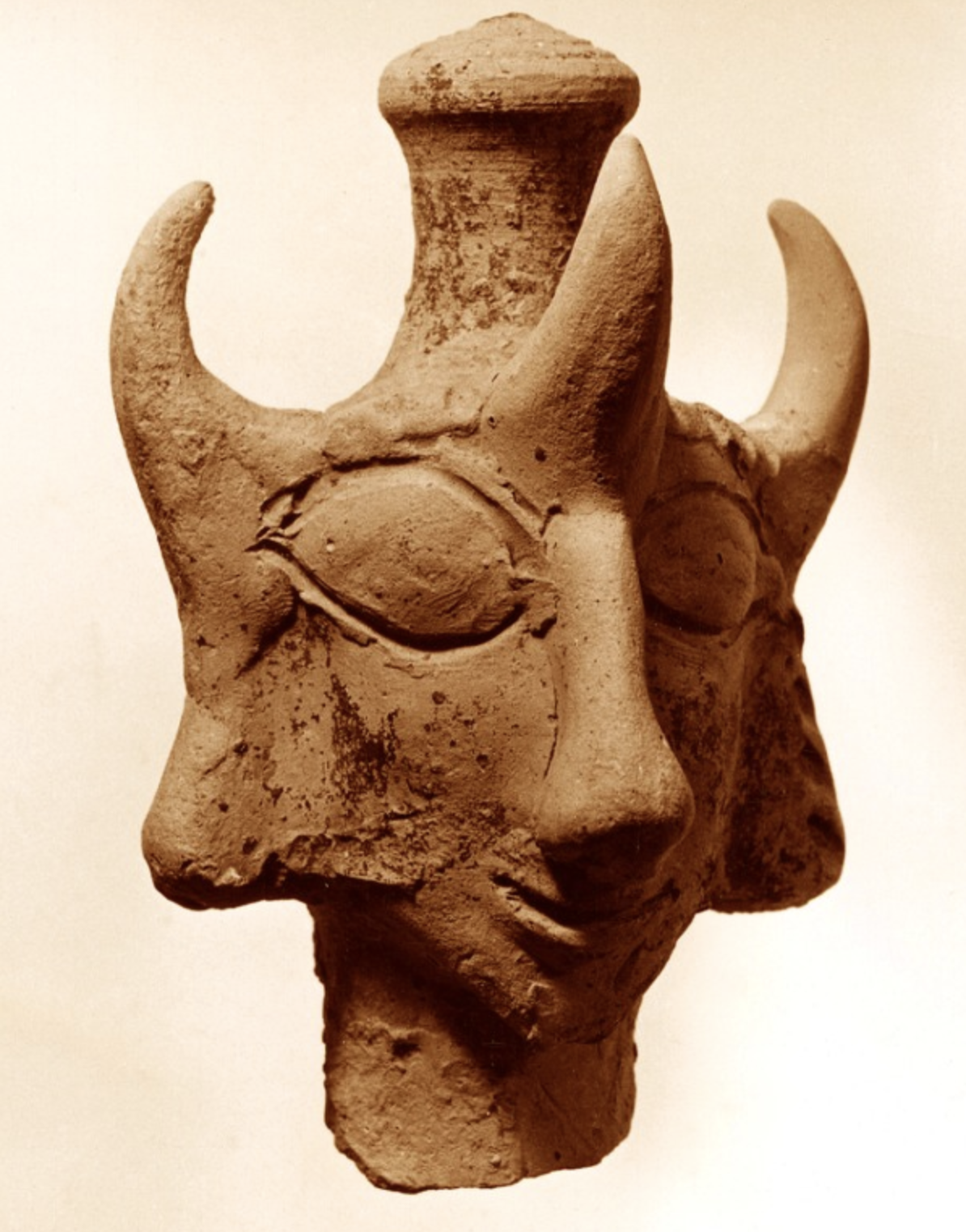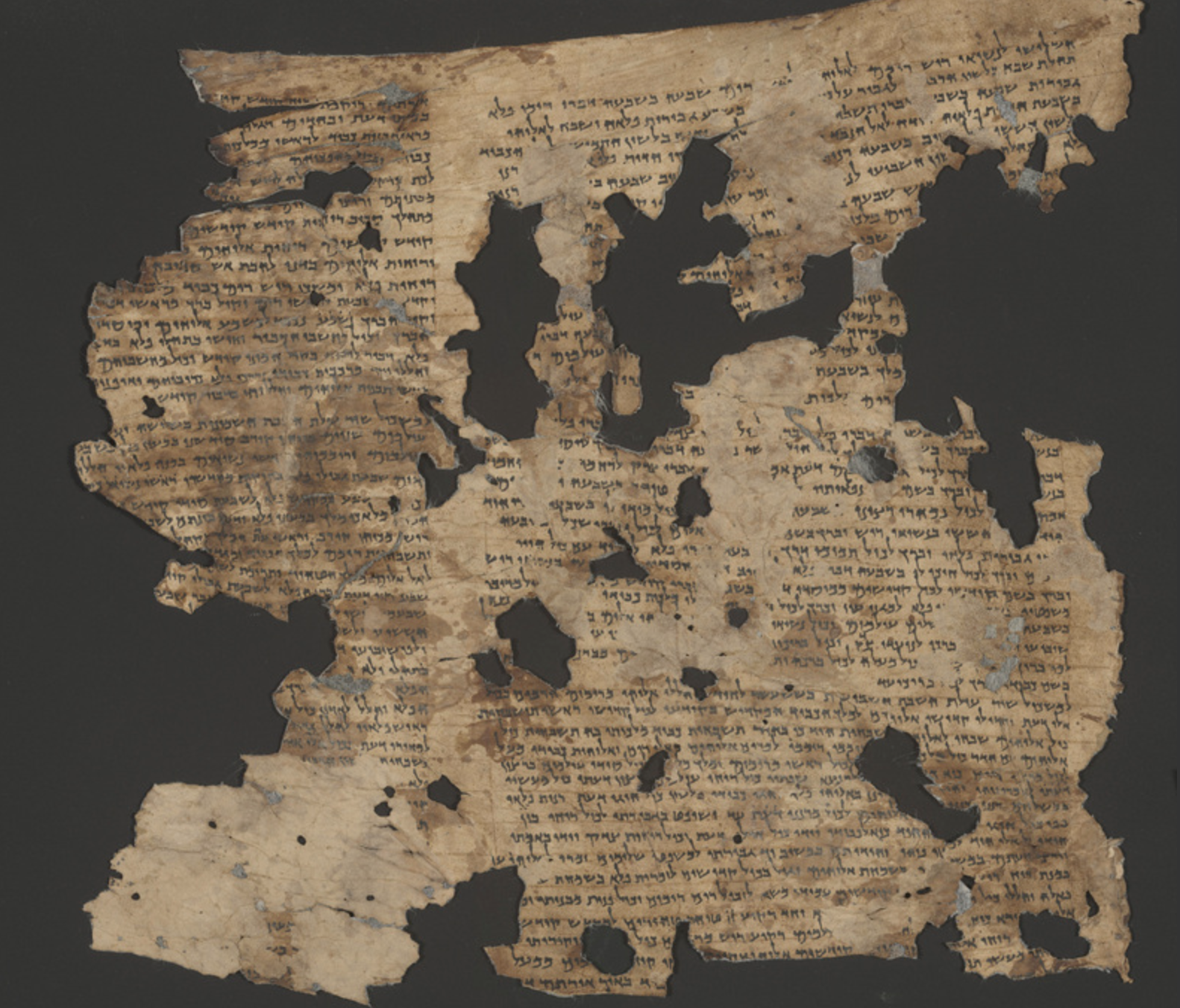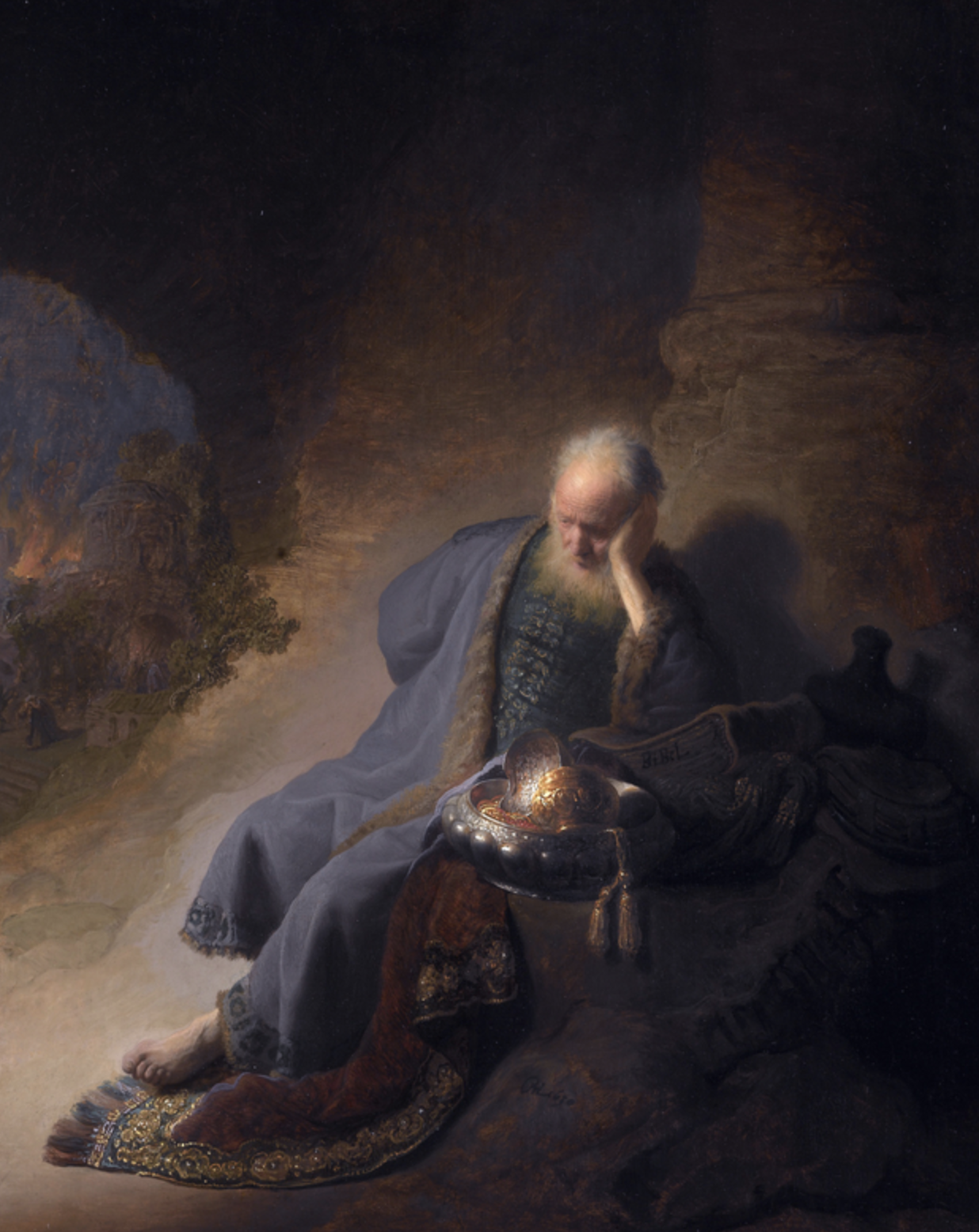Jerusalem, Fall of a City, Rise of a Vision - an Exhibition
In 586 BCE, the city of Jerusalem fell to the Babylonian army. Its destruction triggered significant changes in the intellectual, cultural, religious and political identities of the people associated with the city, with effects that continue down to the present. This exhibition explores how Jerusalem, a small Iron Age city state, became the world's religious capital and an ethereal symbol of the imagination.
In 586 BCE, the city of Jerusalem fell to the Babylonian army and to its king, Nebuchadnezzar. Though Jerusalem was just one of many capital cities destroyed by the Babylonians, its destruction triggered significant changes in the intellectual, cultural, religious and political identities of the people associated with the city. The effects of these changes continue to reverberate in the modern Middle East and among the global Jewish, Muslim and Christian populations. This virtual exhibition about the city is designed to explore how Jerusalem, a small Iron Age city state, became the world’s religious capital and an ethereal symbol of the theological imagination.
The exhibition is formed of three main parts. The first part illustrates life in The Ancient City and its environs, focusing on typical activities of daily life such as commerce, religious practices, and food. Collections examine Daily Life in the Public Sphere, Daily Life in the Private Sphere, and the Diversity of Religious Practice, and are designed to help you imagine life in the ancient city before its destruction.
The second part, The City Destroyed, focuses on the destruction of the city in 586 BCE, imagining what that experience might have been like, what happened as an immediate consequence of the city’s sack, and how its inhabitants reacted to these events. This part also includes several later artists’ depictions of the event.
The third section, Imaginations, explores how the city has been imagined and re-imagined in the decades, centuries, and millennia since its destruction in 586 BCE. One collection explores hopes for the restoration of The Temple, a tradition that begins with biblical texts and is continued in various forms by later writers and artists. A second and closely related collection probes the way that the disappointment of these early hopes prompted biblical and post-biblical writers increasingly to imagine the city as a Heavenly Jerusalem. A third collection surveys the artistic traditions that have imagined Jerusalem as a Destination: a place of pilgrimage that could be mapped in real terms. The final collection explores very recent depictions of The Modern City, with its many layers of historical and religious imagination.
We hope you enjoy the exhibition!
Rembrandt Harmenszoon van Rijn, 1630 CE
'Jerusalem: Fall of a City—Rise of a Vision' is a project of the Society for Old Testament Study (SOTS), the society for the study of the Hebrew Bible / Old Testament in Britain and Ireland, undertaken as part of the Society's centenary celebrations in 2017. It has been led by Dr Carly Crouch (Nottingham) and Dr Jonathan Stökl (King's College London), with the assistance of Dr Holly Morse (Manchester), Dr Natasha O'Hear (St Andrews), Dr Josef Briffa (Pontifical Biblical Institute), Dr Jessica Keady (Helsinki), Dr Penelope Barter (Tilburg) and Catherine Quine (Nottingham).
The Society's membership is made up of scholars working in the British Isles, with some additional members resident in Europe, North America, and Israel. The expertise of this membership has led to the principal focus of this exhibition being on the imagination of Jerusalem in the Jewish and Christian traditions, although the city's significance in the Muslim tradition merits attention in its own right.
Psalm 137 from the St Alban's Psalter, 12 Century CE







